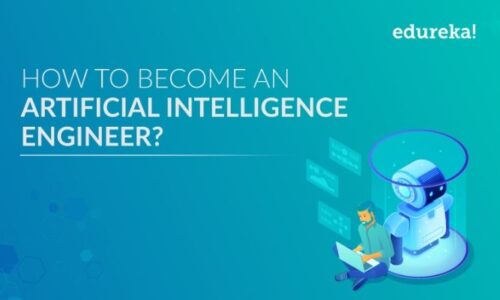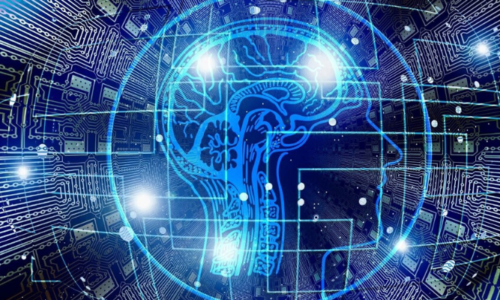The development of AI started 20 years ago, and the people working on AI were mostly from universities or non-profit AI labs. The research projects carried out lasted for years, or even decades intending to expand human knowledge and serve science.
AI development has come a long way with the help of deep learning and artificial neural networks, changing the AI industry almost completely. AI now has loads of practical uses, and researchers are no longer confined to universities or non-profit labs.
“What is AI Brain Drain?”. In this article, we’ll discuss what caused the AI brain drain and its effects. We’ll also list some tips about becoming an “AI Engineer”.
What Cause AI Brain Drain?
AI has become one of the most influential technologies, catching the eye of scientists, tech executives, and world leaders all over the world. The most influential part of AI is called machine learning. The progress of AI has caught the attention of many commercial entities, nations, and even the military.
The increased demand has caused a shortage of people capable of developing AI. Each industry wants to use AI to get the upper hand against its competitors, leading to people with large pockets hiring the best AI scientists for their projects.
This is what caused the AI brain drain. People with deeper pockets drew scientists and researchers away from institutions where AI was developed and progressed to this extent. This has led to some major negative effects.
Effects of AI Brain Drain
As scientists continue to turn over to the commercial sector for money, the AI Industry faces major challenges. Universities seeking to hire professors to train the next generation of AI scientists are struggling to do so, further widening the AI skills gap.
The demand for AI researchers remains high, and while that may be beneficial for the researchers, it’s a major problem for small companies struggling to hire AI Engineers for their projects.
AI commercialization also affects the advances the field will see in the near future. The commercial sector only seeks the aid of AI to increase the value of its products and shows no interest in the welfare of humanity. Companies are using AI for their own gain.
The project that’s invested in the most would be the development of human-level AI (utilizing DeepMind) also called hypothetical AI as it’s only science fiction for now. Google’s research labs are now being utilized for their unlimited computing, data, and financial resources to help aid AI development, and the AI lab also includes the commercial production unit.
DeepMind technology is now hanging between being used for the welfare of humanity, or solely for profit. AI brain drain further leads to less transparency in the AI industry as companies don’t share their source code and AI algorithm with the public. Rather they keep them to themselves, guarding them with their deep pockets.
This will result in slower AI research and a lot of “reinventing the wheel” as companies will share less knowledge to keep their edge over their competitors.
Things to keep in mind if you’re thinking of becoming an AI Engineer
You can’t become an AI Engineer without a proper degree, and getting one isn’t as easy as it sounds. To become an AI Engineer, one must excel in the following tasks:
- Computer programming, using languages such as Java, Python, or C#
- Working with data, statistics, and algorithms
- Using data modeling and evaluation strategies
- Applying machine learning algorithms and libraries
- Research and design deep learning applications
AI Engineers can be categorized into 4 types, and they can be:
- AI or Machine Learning Researcher: A Ph.D. or a Master’s degree is required for this type. This role emphasizes the theoretical part of AI development and may include applying the research to new areas.
- AI Software Developer or Program Manager: This field involves applying machine learning to a given set of data. Strong programming and Mathematical skills are required for this type.
- Data Analysis and Data Mining Engineers: This role involves modeling and creating deep-learning systems to recognize and respond to patterns.
- Machine Learning Engineers: This is by far the most important and difficult role. It covers the remaining AI-related work. That includes Industry-Specific machine learning applications. In other words, using and applying AI techniques to perform functions or solve problems in a business setting.
Conclusion
In this article, we’ve gone through what caused the AI brain drain and the effects caused by it along with a few things to keep in mind while becoming an AI Engineer. We hope this answers all your questions, but if you have any further queries or would like to add/change something in this article, do leave a comment down below!
Read More: How to transfer Photos and Images from iPhone to Android




